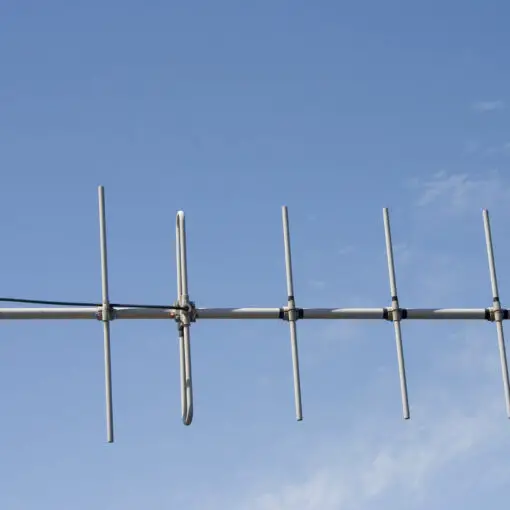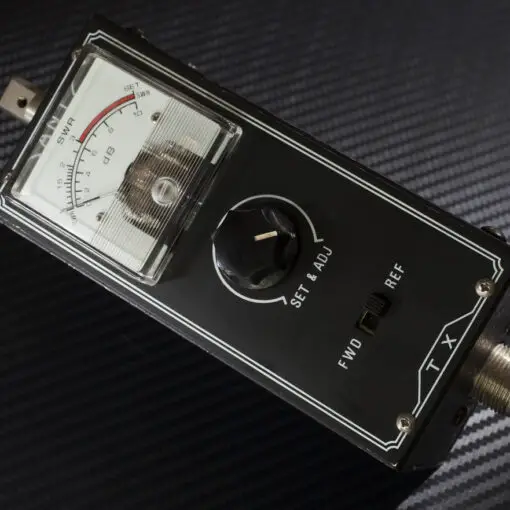Ham radio, also known as amateur radio, has been a popular hobby for enthusiasts who enjoy communication and exploration of diverse frequency spectrums. As a skilled hobbyist, there’s a sense of satisfaction in operating and maintaining personalized stations for global communication. A crucial part of this process involves proper documentation. This is where the importance of a ham radio notebook comes into play.
A ham radio notebook acts as a reliable resource for recording your communication logs, technical details, and antenna settings. It can also serve as a handy reference guide during your on-air communication experiences. In a world where digital reminders and note-keeping have become the norm, a physical notebook still triumphs in its ability to quickly jot down essential information.
When selecting the ideal ham radio notebook, several factors should be considered. Paper quality is one of the most critical – you want a notebook that can withstand frequent usage without pages easily tearing or ink smudging. Additionally, the notebook’s binding should be durable and the size should be convenient enough to carry with you or keep near your station. Other considerations include pre-organized log sheets, grid pages for diagrams, and weather resistance.
After thorough research and evaluation, we’ve compiled a list of exceptional ham radio notebooks that cater to various needs and preferences, ensuring your amateur radio experience not only runs smoothly but is also well-documented and organized.
Best Ham Radio Notebooks
We have compiled a list of the best ham radio notebooks for you to keep track of your contacts, frequencies, and other essential information.
Amateur Radio Log Book: Ham Radio Log Book
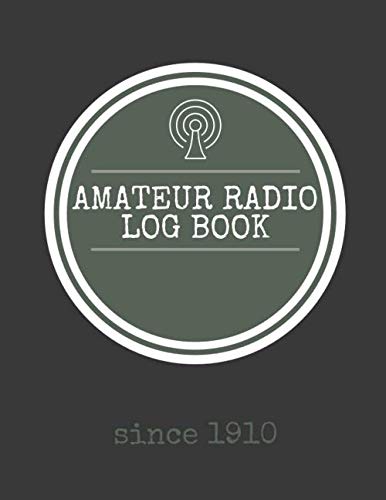

The Amateur Radio Log Book is a useful addition to your ham radio setup, providing an organized way to document your communications.
Pros
- Large and easy-to-read layout
- Plenty of space for detailed notes
- Durable build and paper quality
Cons
- Limited to 120 pages
- May be too large for portable use
- Lacks dedicated sections for specialized logs
As avid ham radio operators, we immediately noticed the spacious format of the Amateur Radio Log Book. The pages contain large, easy-to-read columns for logging call signs, frequencies, modes, and more. The layout gave us ample room to jot down critical details of our radio contacts, ensuring we can always refer back to them accurately.
While the page count is limited to 120 pages, we were impressed by the durability of this logbook. The independently published paperback held up well as we used it in various environments. The paper quality were sufficient to prevent ink from bleeding through or smudging, giving us the confidence to flip through the pages without worrying about damaging our records.
One downside we noticed is the size of the logbook – measuring 8.5 x 0.28 x 11 inches and weighing 13.1 ounces, it can be a bit cumbersome for portable radio operations. We also found that while the layout is ideal for basic logging, it lacks dedicated sections for specialized logs like satellite or digital mode contacts. Nevertheless, the Amateur Radio Log Book is a valuable resource for ham radio enthusiasts looking to better organize and document their communications.
HAM Radio Log Book For Serious Operators


An ideal choice for amateur radio operators seeking an organized and efficient way to track their communications.
Pros
- Ample space for up to 4165 unique entries
- Clear, straightforward layout for easy logging
- Eye-catching grunge black and beige design
Cons
- Not spiral-bound, which some users may prefer
- Signal report columns might feel too wide
- Susceptible to damage if exposed to moisture
Having recently used this HAM radio logbook, we appreciated how simple and efficient it was to track all our communications. The ability to log up to 4165 unique entries gives ample space for serious operators who are looking for a comprehensive record of their activity.
The layout of the logbook is well thought out, making it easy to quickly jot down relevant information. Moreover, our experience with this logbook was enhanced by its stylish grunge black and beige cover, adding a touch of personality to our radio operating setup.
A few areas that could be improved upon include the binding and design of some columns. Some users may prefer a spiral-bound notebook for increased durability and ease of use. We also noticed that the signal report columns are relatively wide, which might feel unnecessary to some operators. Lastly, we would advise keeping the logbook away from moisture as it could become damaged if exposed to damp conditions.
In conclusion, the HAM Radio Log Book For Serious Operators is a valuable companion for those looking for an efficient and organized way to track their amateur radio communications. Its ample space for entries and straightforward layout make it a worthy addition to any radio operator’s toolkit.
Amateur Radio Log Book: Ham Radio Notebook for Serious Operators
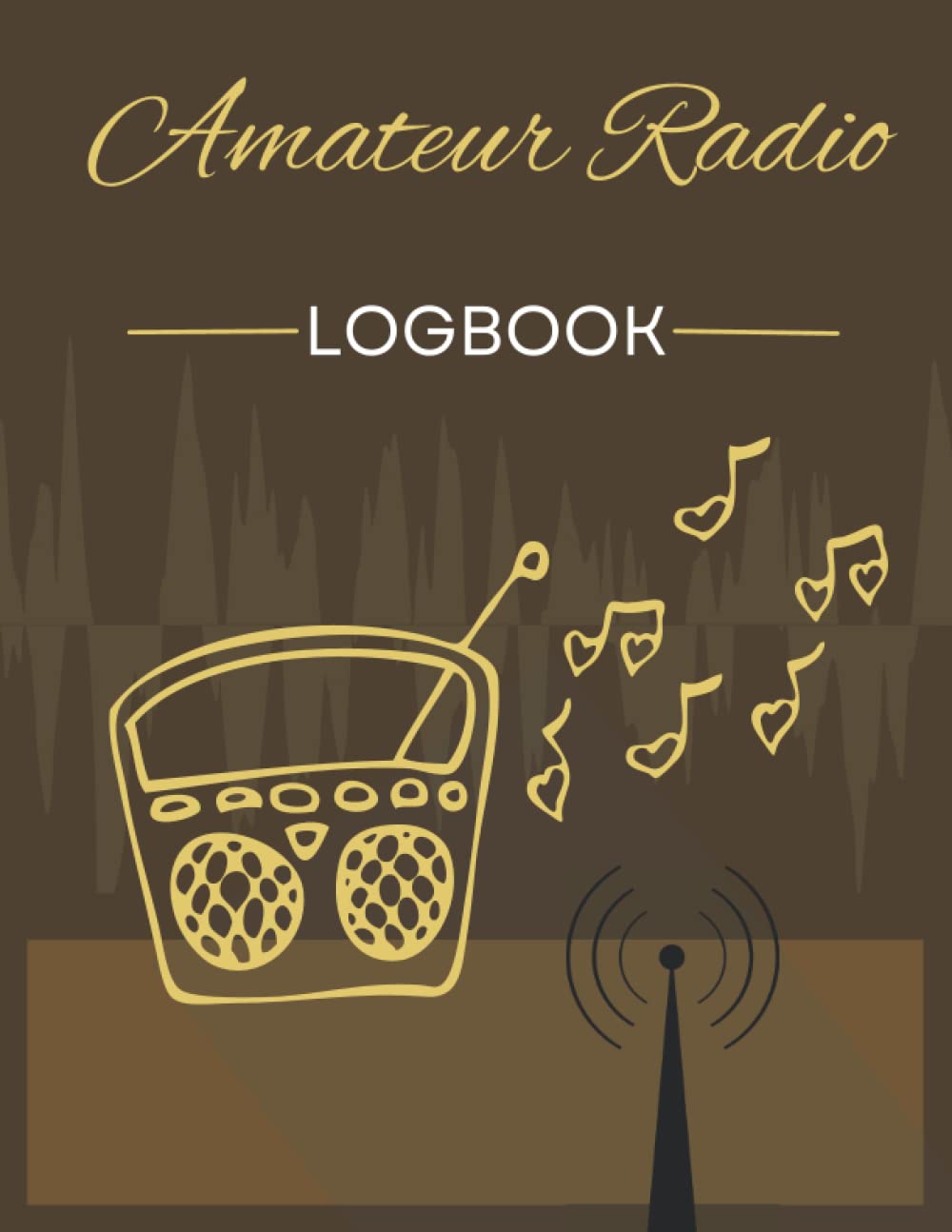

We highly recommend this Amateur Radio Log Book for dedicated ham radio operators who want a practical and organized way to track their communication logs.
Pros
- Easy to use layout
- Durable, high-quality construction
- Ample writing space
Cons
- Limited customization options
- No digital version available
- May not be suitable for casual users
We recently had the chance to use this Amateur Radio Log Book, and it impressed us with its straightforward design. The 108 pages provide ample space for recording communication logs, and the 8.5 x 11-inch dimensions make it easy to read and document the necessary information. The paper quality is also durable, allowing us to write with various pens without any bleed-through.
One aspect that we particularly appreciated about this ham radio notebook was its sturdy construction. The independently published paperback cover is resilient enough to withstand frequent use and resist wear and tear. This resilience ensures that the log book remains reliable and presentable, regardless of how often it needs to be referred to or updated.
However, we found that this Amateur Radio Log Book may not appeal to everyone due to its limited customization options. The design is straightforward, but ham radio operators looking to personalize their logs might feel constrained by the pre-defined format. Additionally, a digital version of the log book is unavailable, which might deter those who prefer a more convenient and environmentally friendly alternative.
Overall, the Amateur Radio Log Book is an excellent choice for serious ham radio operators seeking a durable and easy-to-use solution for tracking their communications. The log book’s simple layout combined with its generous writing space and quality construction make it a valuable tool in any ham radio enthusiast’s arsenal.
Ham Radio Logging Notebook


This Ham Radio Logging Notebook is a practical and functional choice for amateur radio operators who prefer logging on paper.
Pros
- Compact and lightweight
- 120 pages with clear format
- Straightforward and easy to use
Cons
- Paperback cover may not be durable
- Lacks extra fields or customization
- Only available in English
As experienced ham radio enthusiasts, we know the importance of keeping a logbook that’s both practical and user-friendly. The Ham Radio Logging Notebook serves this purpose well, particularly for those who prefer minimalistic analog records. With its 120 pages, this logbook ensures that radio operators have ample space to track their contacts and other essential information.
The notebook’s dimensions (8.5 x 0.28 x 11 inches) make it easy to carry around or store on a bookshelf or desk. In our experience, the clear formatting allows for quick logging and reviewing of past contacts. Its simplicity can be its most significant advantage, especially for beginners who don’t want to be overwhelmed by complex digital systems.
However, there are a few limitations to consider. As the notebook has a paperback cover, it may lack durability for long-term usage or rough handling. If you’re the type who needs additional fields or customization, this logbook might not be the best fit. Moreover, the notebook is only available in English, which may limit its use among non-English speaking radio enthusiasts.
In summary, the Ham Radio Logging Notebook is an excellent choice for amateur radio operators who value simplicity and a straightforward paper logging system. Its compact size and clear formatting make it easy to use, although the trade-offs include limited durability and customization options.
All My Radio Shit, Ham Radio Log
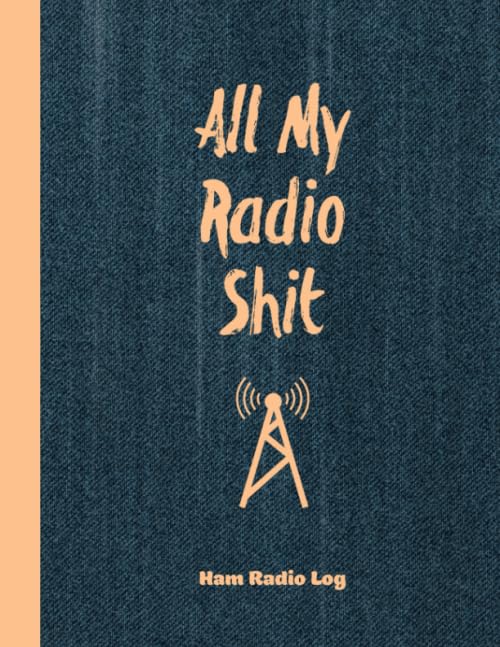

A must-have logbook for amateur radio operators who need an organized way to track their contacts and progress.
Pros
- Easy to use and well-organized layout
- Ample space for noting down essential information
- Durable paperback cover
Cons
- Only 120 pages, may fill up quickly for frequent operators
- Lacks specialized sections for contests or awards
- Maybe too large for portable operations
As we tried out the All My Radio Shit, Ham Radio Log, we appreciated the straightforward and organized layout of the logbook. It allowed us to efficiently note down our contacts, frequencies, and other crucial details. The logbook’s 120 pages provide a reasonable amount of space for amateur radio operators, though highly active users might run out of room quickly.
The cover of the logbook is a durable paperback, meaning it can withstand frequent use without falling apart. Nevertheless, for ham radio operators who often participate in contests or hunt for awards, you might find the lack of specialized sections in this logbook a minor inconvenience.
The dimensions of this logbook, 8.5 x 11 inches, offer a generous amount of writing space. However, this size may not be ideal if portability is a priority during your radio operations. Despite these minor drawbacks, we found the All My Radio Shit, Ham Radio Log to be a valuable tool for tracking our radio progress and highly recommend it to fellow amateur radio operators.
Buying Guide
As you begin your search for the best ham radio notebook, it is crucial to have a clear understanding of the features to look for and the factors to consider. We have prepared this buying guide to help make this process smoother.
Essential Features
When searching for a ham radio notebook, there are a few essential features that can make your experience enjoyable and efficient:
- Size and layout: The notebook should be compact and easy to carry around while offering a layout that provides enough space for logging entries. You may prefer a traditional book-style layout or a spiral-bound one, which allows for easy flipping between pages.
- Grid lines and table structure: A proper table structure with grid lines simplifies data logging, making tracking contacts and their details manageable. Ample space for call signs, frequencies, modes, and additional notes is necessary.
- Page quality: A good-quality paper that is resistant to smudging and ink bleed-through is vital for maintaining legibility in use and over time. Opt for a heavier or acid-free paper if you plan on preserving the logbook for long-term storage.
- Durability: A sturdy cover, good binding, and strong paper will ensure that your notebook withstands frequent handling and lasts longer.
Other Considerations
Beyond the essential features, here are some extra factors to consider when choosing the best ham radio notebook:
- Customizability: Some logbooks may offer the ability to add or remove pages, which can be helpful if you need to reorganize your logs or expand the notebook.
- Extras: Some notebooks might include useful extras, such as pocket folders for storing small items, an integrated pen holder, or a ribbon bookmark for easy reference.
- Design: While aesthetics are subjective, you may want a notebook that aligns with your personal preferences, whether it’s a simple black cover or a more vibrant design.
By considering the essential features and additional factors outlined above, you’ll be well-equipped to make an informed decision when purchasing a ham radio notebook that meets your unique needs and preferences.


